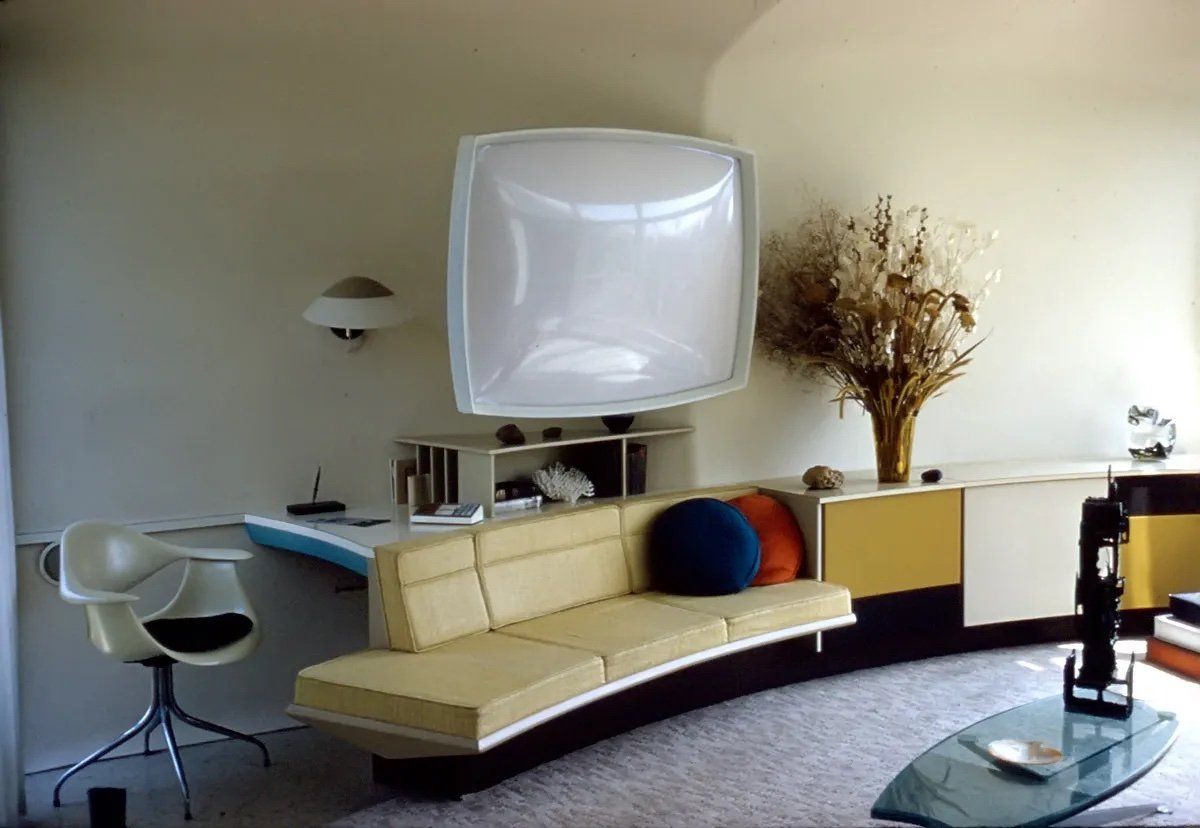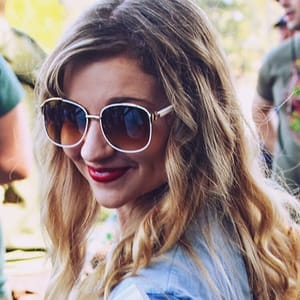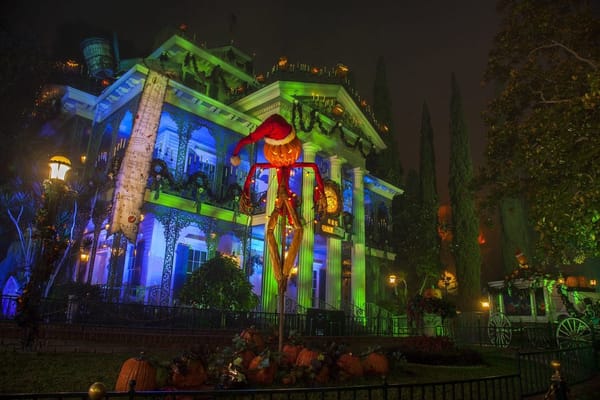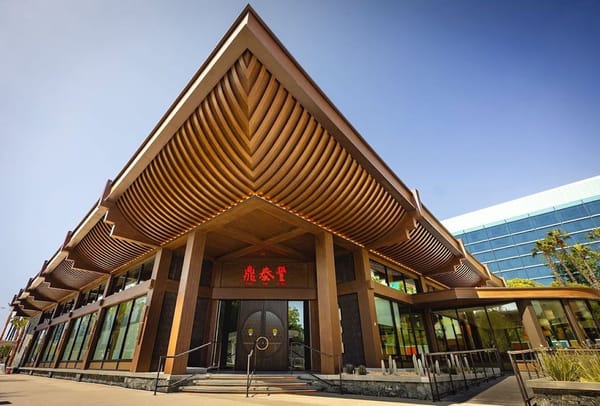The House of the Future was an attraction in Tomorrowland, that was a model home that was supposed to represent what those in the future would be like. Apparently, during the 1950s and 1960s, the future was all about plastic. When it was built, it was believed that soon, everything would be made of plastic. The House was made entirely of plastic, not only the outside was made of plastic, but the inside too, including the cabinets, furniture, etc. To be exact, it was made of 25 different kinds of plastic.
Like a lot of attractions in Tomorrowland at the time, the House of the Future was sponsored by Monsanto. Monsanto was a biotechnology corporation that was purchased by Bayer in 2018. The sponsoring company wanted to use the attraction to promote and demonstrate the versatility and quality of plastic. Monsanto actually had a department dedicated solely to plastics in their company.
The house was divided into five sections: a central core and four wings. Guests took a tour around the attraction and got to see cool new appliances and furniture made of plastic. Even though the House of the Future was a little inaccurate sometimes, especially since homes aren’t generally made entirely of plastic these days, there were a few things that they got right; such as the attraction demonstrated a new appliance called the microwave oven.

The attraction opened in 1957 and stood there for ten whole years. It was closed and demolished in the year 1967.
Tomorrowland rapidly becomes “Todayland” or even “Yesterdayland” without constant updates. When the House of the Future became obsolete to the real houses being built, it came time to destroy it. But this was no easy task; the wrecking ball bounced right off. Imagineers tried to use jackhammers, torches, etc. After many other failed attempts, Imagineers eventually had to cut it down to smaller, more easily disposable pieces with chain chokers.

The remains of the attraction are still visible to guests in the planter near the queue for Pixie Hollow. The concrete foundation was just painted green to function as the planter now instead. Most guests probably walk right past it without realizing it is a piece of Disneyland history; although that is the case for a lot of non-obvious Disneyland history.
Alpine Gardens replaced the House of the Future, which was a sitting area covered by several giant yellow umbrellas. There was also a souvenir shop where guests could buy Disneyland mementoes, postcards, stamps, etc. The reason it was called Alpine Gardens is likely because it was so close to the E-ticket “Alpine adventure” attraction, Matterhorn Bobsleds. Guests also had an amazing view of the beautiful ponds and waterfalls in the area.

In 1996, Alpine Gardens was replaced by Ariel’s Grotto or Triton’s Garden. This was an entire area dedicated to meeting everyone’s favourite Disney Mermaid. It is similar to the Ariel’s Grotto meet-and-greet area that is still in Walt Disney World. With this shift, the area was now listed under “Fantasyland” in the Disneyland maps instead of “Tomorrowland.” The ponds got a new addition as well – a statue of King Triton with a trident that would put on a show featuring water and lights every couple of minutes.
In 2008, after the release and relative success of the Tinker Bell movies, Ariel and Triton were replaced with Pixie Hollow. Pixie Hollow is still operating today. It is a somewhat hidden spot surrounded by giant “trees” and “grass” where guests can meet Tinker Bell and her friends.











Member discussion